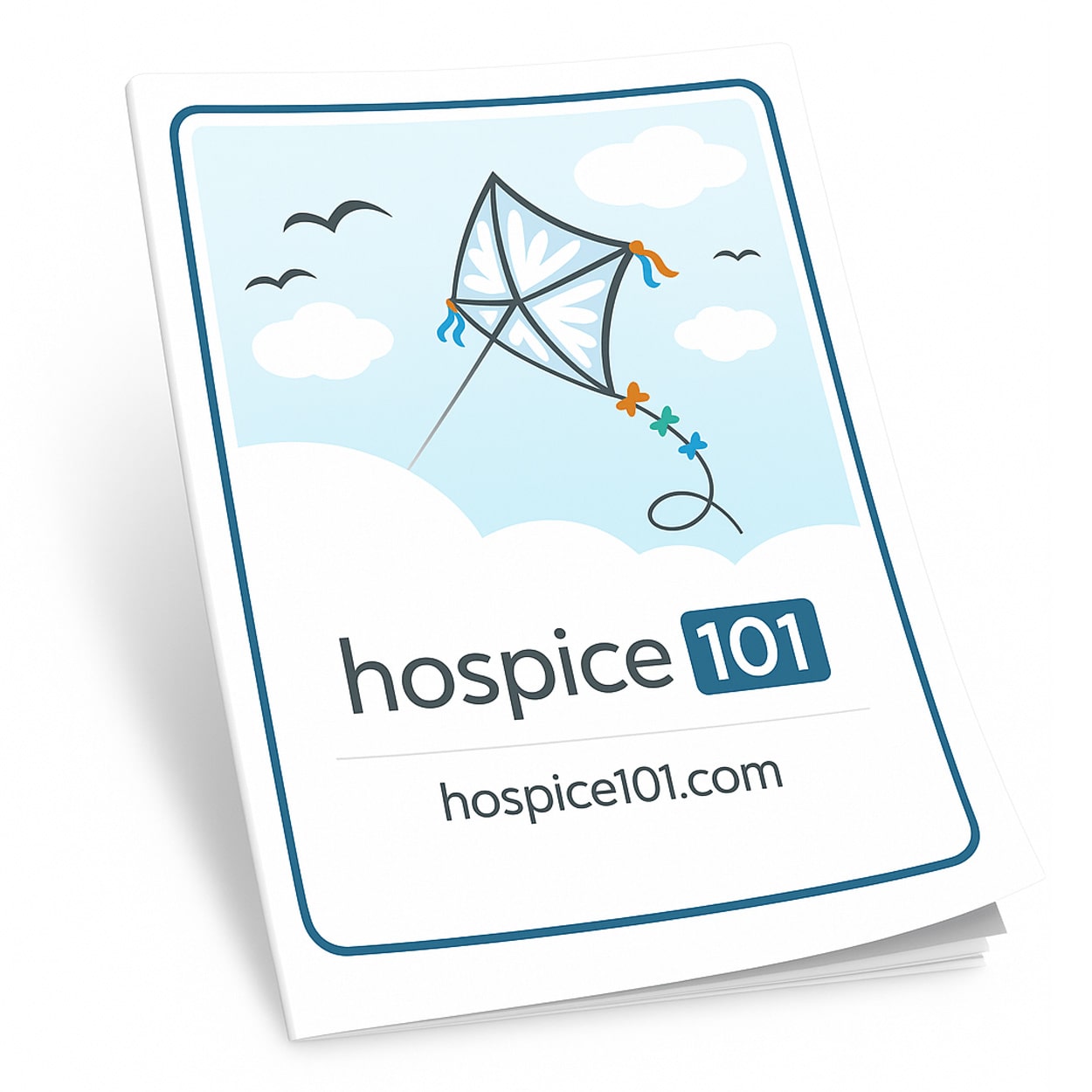The Admission Process
The admission process is designed to occur quickly to help the terminally ill person achieve an adequate level of comfort as soon as possible. Some families may find the pace overwhelming, but the hospice team offers support throughout the process.
How is hospice care initiated?
The conversation about hospice care usually begins when a physician makes a referral to a hospice provider on behalf of a patient. However, the patient or the patient’s family may contact a hospice provider directly. The hospice provider will then acquire the necessary medical records and documentation from the attending physician to establish eligibility. Part of the eligibility requirements include the attending physician and the hospice medical director agreeing that if the terminal illness progressed as expected, the patient would reach the end of life within a six-month period.
The hospice provider may also send a staff member to evaluate the patient to better understand needs and goals and to further determine eligibility.
What’s the next step once eligibility is confirmed?
Based on the the terminally ill person's hospice diagnosis and overall condition, someone from the hospice team will determine the medical equipment needed for the designated care environment. Generally, the equipment will be delivered and set up by a durable medical equipment company working with the hospice provider. Once the equipment is in place and the person is in the care environment, a registered nurse from the hospice team meets with the person and caregiver to sign all needed documents and complete the admission process.
How is the plan of care developed?
During the admission process, a registered nurse reviews the terminally ill person's medical history and completes a head-to-toe assessment.
The nurse may request additional orders from a physician to better manage symptoms. The nurse and physician determine the supplies and equipment needed.
Only medications related to the hospice diagnosis are covered under the hospice care plan. Any medications not related to the hospice diagnosis should continue to be covered by the person’s health insurance. In some cases, comfort or emergency medications may be sent to the home for safe storage for future use. This is to ensure the medications are readily available if needed for immediate symptom management.
During admission, the nurse introduces the person and caregiver to the hospice team. How often the team visits is based upon need. The frequency of visits, along with needed medications, supplies and goals are all part of an individualized plan of care. ■
